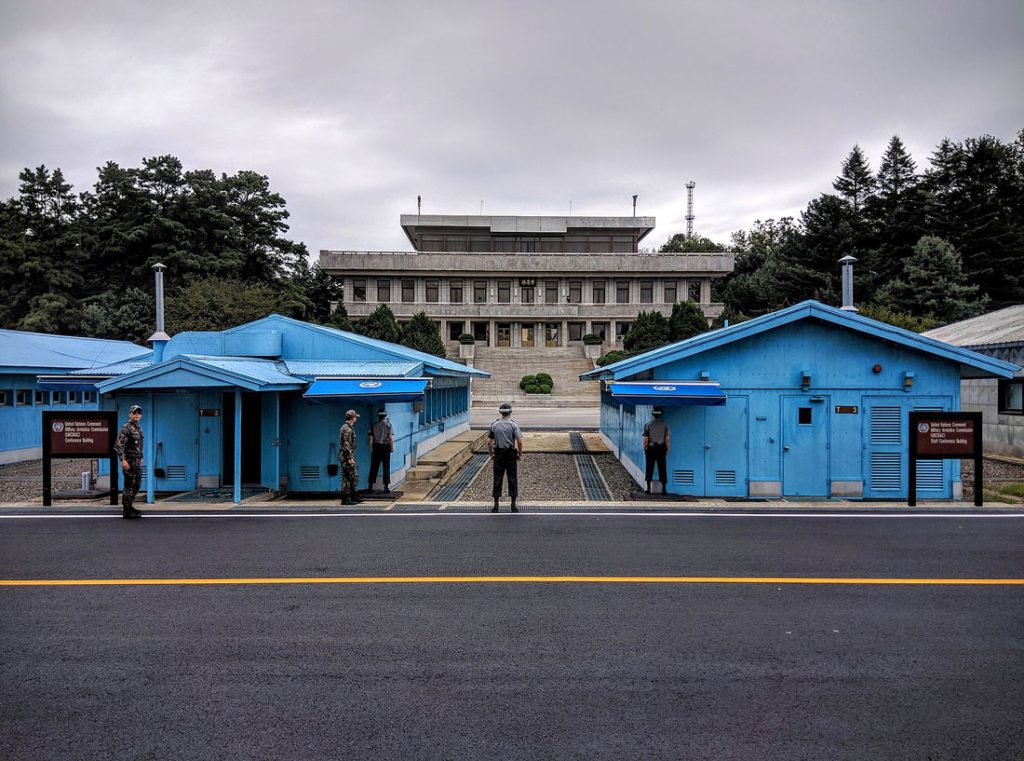The Korean Peninsula has become a focal point of global concern once again, as tensions between North Korea (DPRK) and South Korea (ROK) have visibly escalated.

Why are the tensions running high?
North Korea sent hundreds of balloons filled with trash across the border into South Korea in retaliation to South Korean activists sending propaganda leaflets northward, an action that has historically been a point of contention. These actions stoked tensions between the neighbors.
The backdrop to these tensions also includes North Korea’s ongoing military exercises and missile tests, which are often seen as provocations by the international community, especially when they coincide with strategic military exercises between South Korea and the United States.
What’s happening now?
Following the exchange of balloons and leaflets, South Korea resumed its loudspeaker broadcasts aimed at the North, escalating the psychological warfare.
North Korean leader Kim Jong-un announced the cessation of all road and rail connections with South Korea, a move interpreted as severing the physical links between the two nations, further signaling a retreat from any dialogue or cooperative ventures.
On the military front, North Korea has ordered its artillery units near the border to be on full combat alert, citing violations of its sovereignty by South Korea, mainly through alleged drone incursions.
Kim Jong-un also threatened to use nuclear weapons in response to any perceived aggression from the South.
South Korea is maintaining its military readiness while engaging in high-profile military drills with the US.